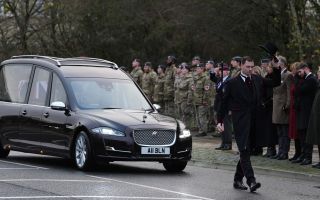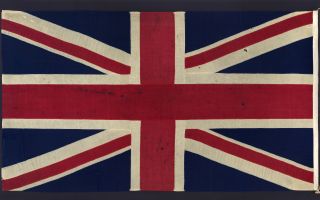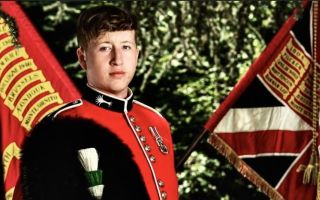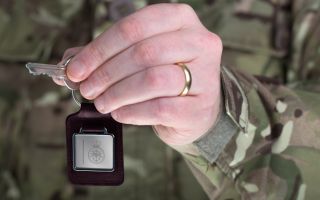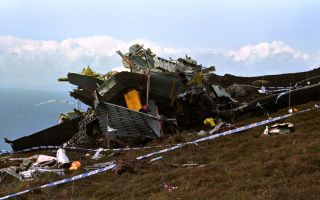Revealed: MOD's full kit list and how it compares to recent years
The latest publication of the numbers, types of equipment, and formations of the UK Armed Forces has been released by the Ministry of Defence (MOD).
Complemented by Department for Transport (DfT) data on militarily useful British-registered vessels, the MOD report offers detailed insights into the current state and changes in the UK's defence assets.
Forces News has taken a look at the numbers and also how they compare to last year, with the UK Armed Forces balancing the retiring of older equipment and the introduction of newer advanced platforms across all its domains.
Maritime Capabilities
These are the main findings from the report on the UK Armed Forces' maritime equipment and formations which are all, or primarily, sea-based, in the Royal Navy and Royal Marines.
Submarines
The report highlighted that in 2023 there were 10 submarines in the Royal Navy Submarine Service as of 1 April 2023, consisting of:
- Six nuclear submarines
- Four ballistic nuclear submarines
This is the same as the previous year.
Sea Vessels
There was a slight difference in the make-up of the sea vessel distribution in 2023 compared to the previous year. There was a slight decrease in the number of the Royal Navy's vessels, from 62 in 2022 to 59 in 2023, which is attributed by the report to the planned retirement of two Mine Countermeasures Vessels and one Survey ship.
Royal Fleet Auxiliary (RFA) ships increased to 13 in 2023 from 11 in 2022 due to one Mine Hunting Capability vessel and one Multi-Role Ocean Surveillance vessel entering service.
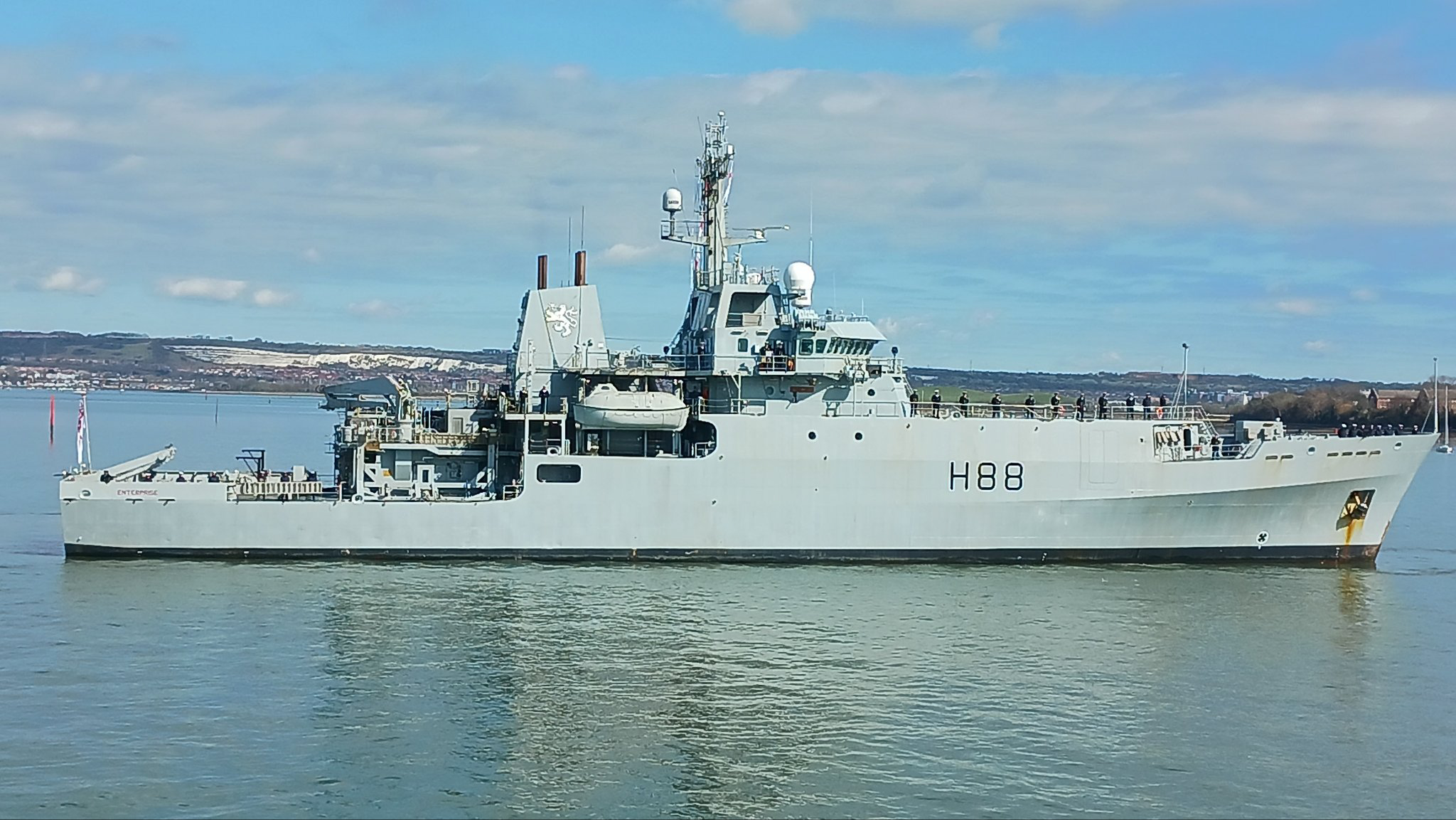
Maritime Formations
The Royal Navy has 16 Reserve Units and a Fleet Diving Squadron consisting of 13 Units, up from 10 in 2022.
According to the report, this is due to a "planned restructuring of the Royal Navy Fleet Diving Squadrons".
The Royal Marines consist of 3 Commando Brigade, the Royal Marine Band Service, the Commando Training Centre and four Reserve Units.
At a glance:
British-registered vessels
According to the MOD report, militarily useful vessels are defined as "vessels that could be requisitioned in appropriate circumstances in support of the UK Armed Forces".
Among the published findings there was a notable reduction, comparing 2021 and 2022 in this instance.
The number of passenger, tanker, and dry cargo merchant vessels decreased from 532 in 2021 to 495 in 2022.
Land Equipment
These are the main findings from the report on the UK Armed Forces' land equipment, and formations that are primarily land-based, in the Army.
Since 2022, there has been a reduction of 433 platforms according to the report. As of April 2023, there were 3,207 pieces of Combat Equipment.
The report credits the drop "predominantly" to the planned retirement of the Scimitar from service to be replaced by Ajax, as well as platforms gifted to Ukraine.
A highlight in the report was that most Combat Equipment Platforms were Protected Mobility Vehicles (46%), with Armoured Fighting Vehicles and Armoured Personnel Carriers making up 28% and 26% respectively.
At a glance:
Land Formations
The Army can be split into three main parts: Combat Forces, Combat Support Forces and Combat Service Support.
The Combat Forces include the Infantry and Royal Armoured Corps.
According to the report, as of 1 April 2023, there were 32 Regular Army and 16 Army Reserves Infantry Battalions, and 15 Royal Armoured Corps Regiments (11 Regular; 4 Reserves).
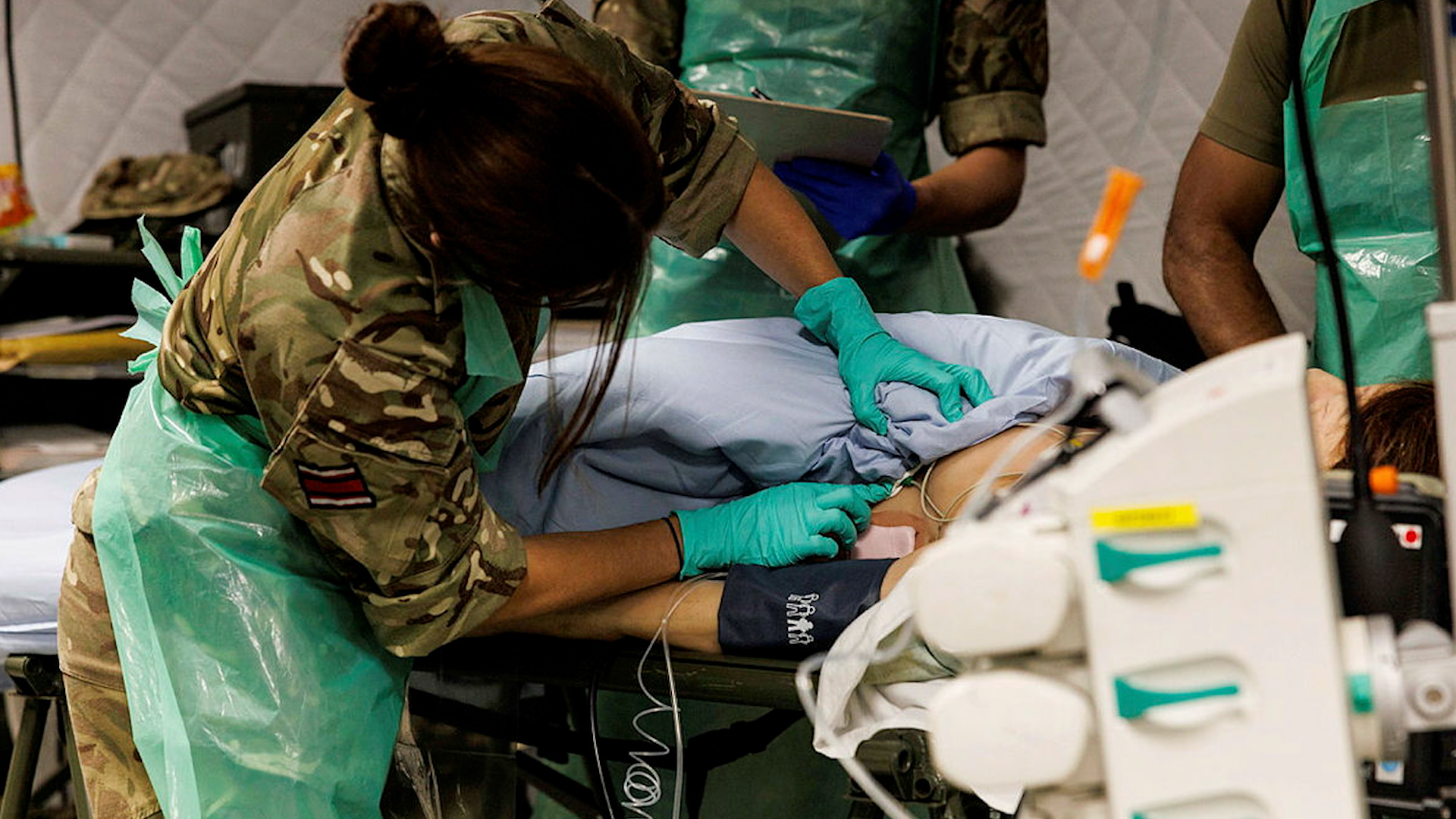
Notably, the figures highlight a reduction in the number of Royal Army Medical Corps regiments from 24 in 2022 to 19 in 2023.
According to the MOD's report, this is "in line with restructuring plans under the Future Soldier programme".
At a glance:
Air Equipment and Formations
These are the main findings on the UK Armed Forces aircraft, and formations which are primarily air-based, as of 1 April 2023.
Fixed-wing
According to the report, the UK's Armed Forces boast 564 Fixed-wing aircraft, 265 Rotary-wing aircraft as well as 55 Unmanned Aircraft Systems.
The most common type of fixed-wing platform is the Typhoon (137).
Following the introduction of two Envoy IV to replace the retired BAE 146 there has been an increase of eight fixed-wing platforms since 2022.
Unmanned Aircraft Systems
There were 194 Unmanned Aircraft Systems recorded in the findings, showing a decrease of 164 since 2022. This is due to the planned retirement of the Desert Hawk III, the report explains.
Rotary-wing aircraft
The UK military had 294 rotary-wing platforms as of 1 April 2023, 15 more than in 2022. This is primarily because, since April 2022, the number of Apache AH-64E platforms has increased as they continue to be brought into service.
Chinook are the most common type of rotary-wing platform with 59 aircraft.
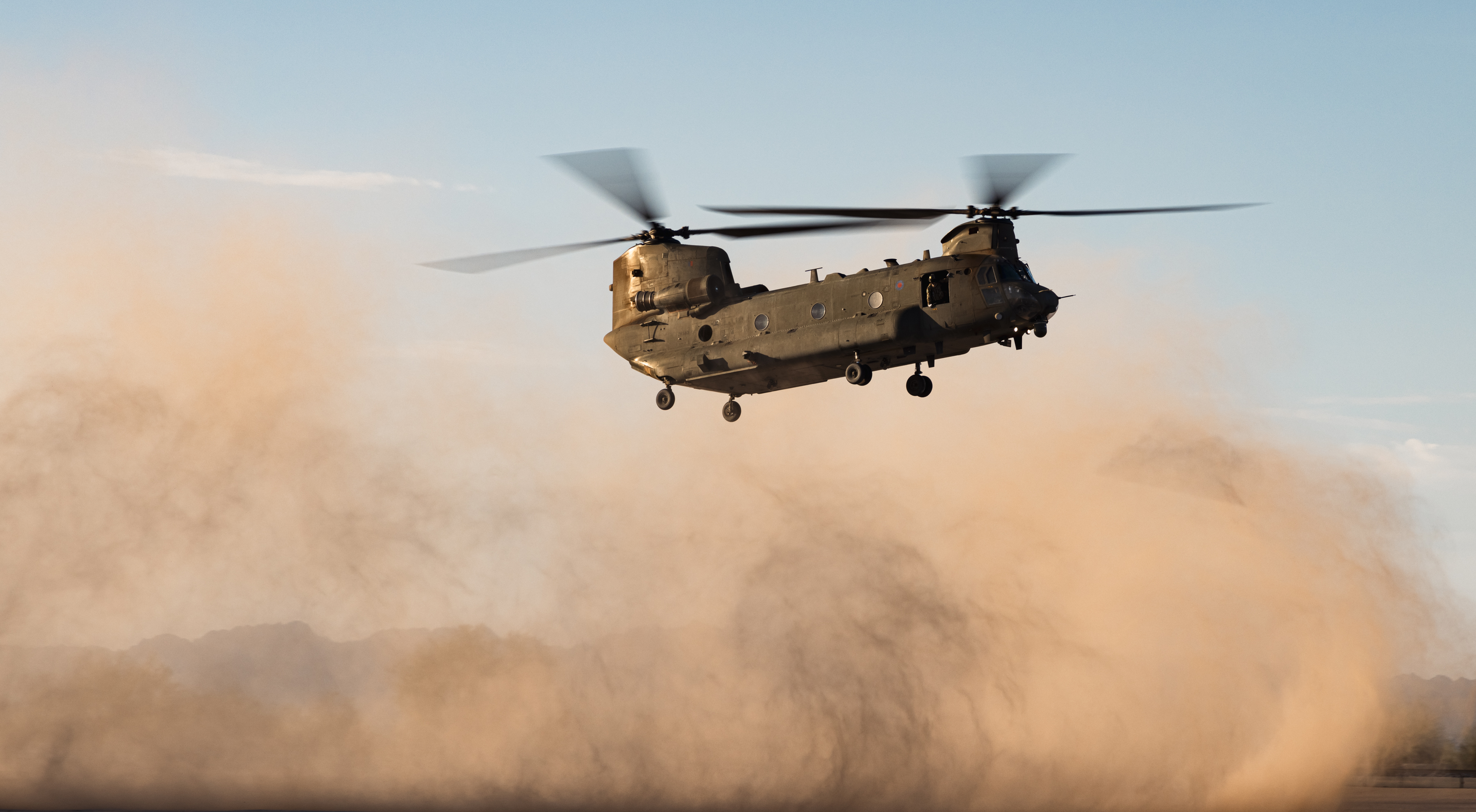
Air Formations
According to the findings, there were 103 squadrons in the Royal Air Force, five more than the previous year.
The Royal Navy Fleet Air Arm consists of 16 squadrons and four Headquarters, while the Army Air Corps incorporates eight regiments (seven Regular and one Reserve).
The Royal Air Force Combat Support-Force Protection was renamed to Air Security, Combat and Readiness.


